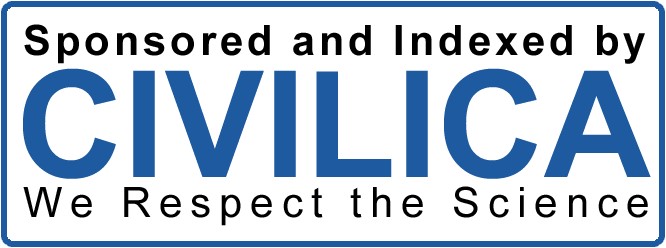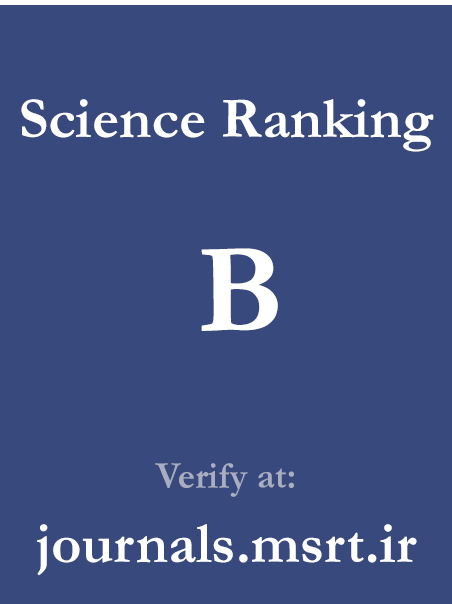Designing a Transformational Leadership Model with a Productivity Enhancement and Anti-Elitism Approach Using a Qualitative Method
Keywords:
Transformational Leadership, Productivity, Elitism PreventionAbstract
The aim of this study is to design a transformational leadership model with a focus on increasing productivity and preventing elitism through a qualitative method. In this regard, using qualitative methodology and conducting interviews, we identified the components and indicators of the transformational leadership model with a productivity enhancement and anti-elitism approach at Bank Melli Iran. The study population included experts, bank managers, professionals, and also university professors specializing in transformational leadership. The sample size was determined to be 10 individuals using the snowball sampling method and theoretical saturation. Data collection was conducted through interviews, carried out by experts using the Delphi technique. For data analysis, MAXQDA software was employed. The results of the coding process identified 8 components and 72 indicators. Furthermore, the results indicated that the components of the transformational leadership model with a productivity enhancement and anti-elitism approach include: (1) strategic leadership thinking, (2) motivation for transformation and innovation, (3) creation of organizational opportunities, (4) an appropriate organizational environment, (5) support for talents and provision of resources, (6) skills, expertise, and competencies, (7) interaction and participation with employees, and (8) organizational transformational leadership. Among the most important identified indicators are the creation of an appropriate learning environment, satisfaction of employees’ job needs and group organization, opportunity creation, increasing production and innovation opportunities, training, provision of necessary resources for employees and motivation generation, support for professionals and elite human resource talents, the quality of relationships, and the creation of opportunities for interaction with employees.







